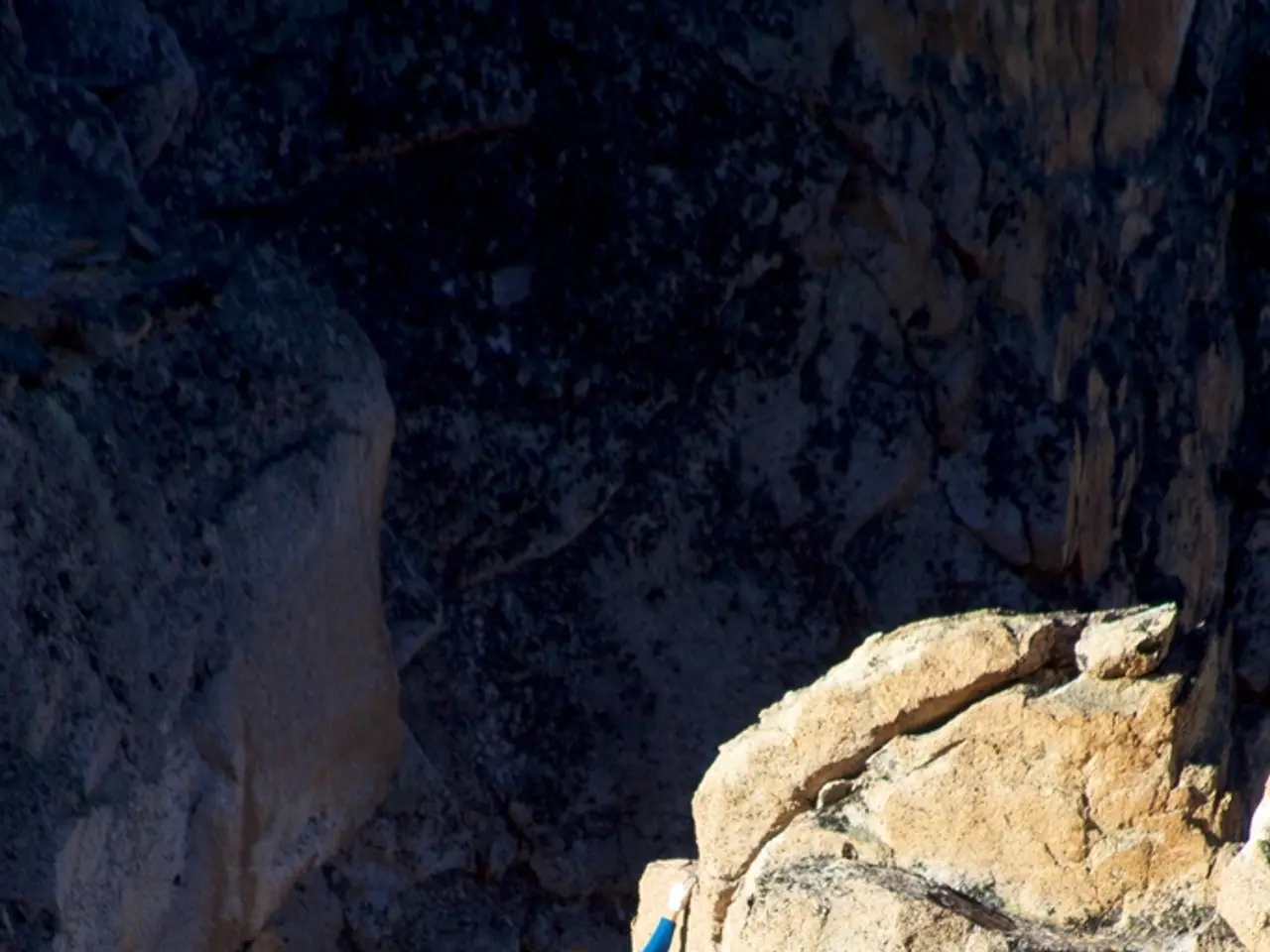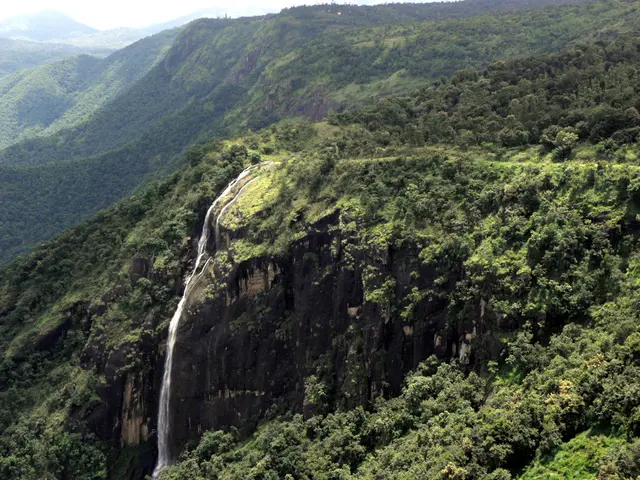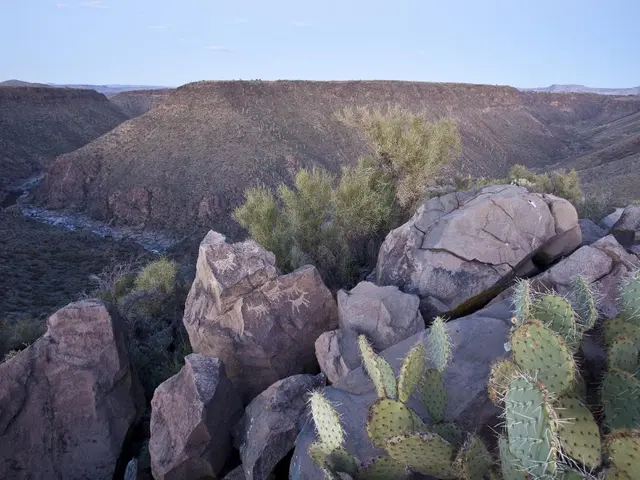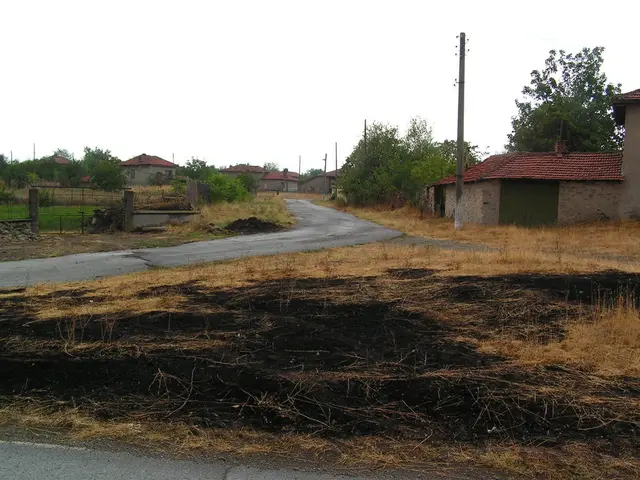Nepal Liberates 97 Distant Summits for Unrestricted Ascent as Everest Costs Surge - Learn How it Might Reshape the Himalayan Landscape
Nepal has announced a bold new initiative that could revolutionise its least developed mountainous regions. For the next two years, ninety-seven peaks in the Karnali and Sudurpaschim provinces will be free to climb, attracting mountaineers to lesser-known areas and boosting tourism.
The decision, aimed at reducing pressure on Everest and creating new products for adventure tourism, has been welcomed by Indian mountaineer and Guinness World Record holder Satyarup Siddhanta. Siddhanta, who climbed Gupt Parvat, the first in the world to summit it, believes that the policy offers a more traditional climbing experience, as climbers must plan everything themselves, including routes, safety, and logistics.
The new initiative targets less-developed mountain regions, with most peaks lying between 5,870 and 7,132 meters. Some of the mountains included are Api, Api West, and Saipal. If managed well, the initiative could be a game-changer for the remote regions of Karnali and Sudurpaschim, stimulating local economies that are otherwise underdeveloped and economically disadvantaged.
However, the stakes are high. The risks associated with these peaks include unpredictable snow and ice conditions, limited rescue options, and long approaches through rugged terrain. Climbers may not be drawn to the remote peaks due to limited holiday time and preference for well-known mountains. If infrastructure and safety aren't in place, the initiative could backfire and not attract repeat visitors.
Siddhanta emphasizes the need for careful development to avoid potential problems such as homestays mushrooming next to riverbeds or in landslide zones, and to consider issues like drinking water, sanitation, waste management, and human waste. The impact of climate change, such as melting glaciers and shifting weather patterns, also creates risks for both residents and wildlife, and may affect mountaineering safety and sustainability.
To effectively place Karnali and Sudurpaschim on the mountaineering map, coordinated efforts among public, private, and community sectors, along with strong marketing, are necessary. The current poor accessibility and minimal infrastructure in these remote regions limit current visitor numbers and require significant improvements to support increased tourism. Harsh living conditions, including brutal winters and limited healthcare access, also complicate both tourism development and local community well-being.
If the free-climb policy attracts more visitors, the economic impact could be significant, but so could the strain on communities unaccustomed to handling large numbers of foreign climbers. The proposed regulation would require anyone attempting Everest to first climb a peak over 7,000 meters in Nepal, making the newly free giants of the west a tempting option.
For Siddhanta, the appeal of the new policy lies in the opportunity for true mountaineers to attempt virgin peaks. The draw for some climbers will be the traditional climbing experience offered by the remote peaks. If managed well, the initiative could be a game-changer for Nepal’s remote regions, attracting more mountaineers, boosting tourism, creating jobs, generating income, and stimulating local economies.
Read also:
- Alcohol's Impact on the Gallbladder: Exploring the Relationship and Further Facts
- Surgical intervention using the TIF method: Details, anticipations, and further insights
- Persisting in the face of tax reductions and layoffs, these pharmacists demonstrate unyielding resolve.
- Investigating the Connection Between Alcohol Consumption and GERD: Exploring Studies and Findings







